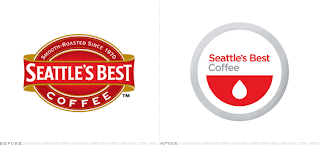One of the biggest challenges and desires for Graphic Designers and Illustrators is the need to make your own, unique style. We want to stand out and be known for something that is specific to oneself. Here are a few summarized steps I found in and artical by children's book illustrator, Rachelle Anne Miller, in developing a unique, illustration style.
1. Practice, Practice, Practice!
The more you draw, the better you’ll get. It’s important to draw A LOT in order to become successful at any style. Before worrying about what makes you unique from other illustrators, just practice your art and perfect it. Draw in a lot of styles. Rachelle also stresses the importance of trying many different types of mediums.
2. Choose Your Medium.
Review all your work. What medium appealed to you most? What was most fun? If you love what you’re doing, you’ll do it the best!
3. Identify and Emphasize.
Once you’ve chosen your preferred medium, you need to make yourself stand out in that medium. For example, observe all your watercolour work and try to notice elements about your work that occur in each illustration. Rachelle emphasizes to try and push the medium in a way that nobody has taken it.
4. Do Your Research. Know Your Market.
After getting a bit of a sense of your favorite medium and your personal trending as an artist, you need to place yourself in the market. What kind of work are you looking for as an artist? Are you looking for work in publishing? If you’d like to become a children’s illustrator, research other children’s illustrators that are working in the same medium as you. How is your work different?
5. Find a Mentor.
Is there an artist you look up to? Someone who truly inspires you and is working in a similar market? Try emailing them for advice! I know when I started out, I received invaluable advice from other artists that helped form the illustrator I am today.
Lastly, Rachelle urges to make a strong portfolio (just as required by graphic designers) and keep consistent in your newly discovered style.









